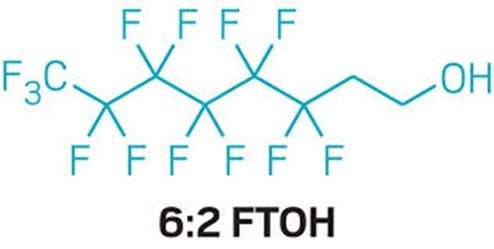Tom Neltner, J.D., is Chemicals Policy Director.
The Center for Science in the Public Interest’s (CSPI) “Seeing Red: Time for Action on Food Dyes” report, released yesterday, makes clear that certified colors added in food are not safe at the current levels that children consume them. The Food and Drug Administration (FDA), the food industry, and consumers should take action to protect children from the behavior problems associated with these chemicals.
[pullquote]
What are color additives?
- The FD&C number on a color means it is a “certified” color pursuant to 21 CFR Part 74. These colors are synthetically made from oil or coal. Decades ago, FDA determined they were safe and only certifies that each batch meets quality standards and does do not contain particularly dangerous contaminants.
- A color additive is not safe unless there is “convincing evidence that establishes with reasonable certainty that no harm will result from the intended use.”
- FDA labeling rules maintain that all added colors to food are artificial. Technically, there are no natural colors – not even beet juice – since they mask the natural color of the food.
- FDA does not limit the amount of a certified color that can be added to food except in one case. The food manufacturer decides how much is needed.
[/pullquote]Last Friday, FDA released a stream of five consecutive tweets telling people why certified artificial color additives, commonly known by their FD&C number, are used and how to avoid them if people are sensitive to them. The tweets, while true, said nothing about who may be sensitive to the chemicals. They should have said that any child may be sensitive and that the 6.4 million children diagnosed with Attention Deficit Hyperactivity Disorder (ADHD) appear to be particularly sensitive.
So what prompted FDA’s tweets? Most likely the agency anticipated CSPI’s report “Seeing Red: Time for Action on Food Dyes” issued January 19. It follows on the organization’s 2010 “Food Dyes: Rainbow of Risks” report and its 2008 citizens petition calling on the agency to: 1) revoke its approvals of eight synthetic food dyes; 2) require warning labels on the package in the interim; and 3) correct statements about the dyes on its website and other materials.
While FDA has yet to take action on the citizens petition, the marketplace has already passed judgment. In 2015, leading food manufacturer and restaurants committed to reformulating their iconic brands to remove certified artificial colors. They follow the lead of major retailers who reformulated their private brands to remove the chemicals.
Read More »











